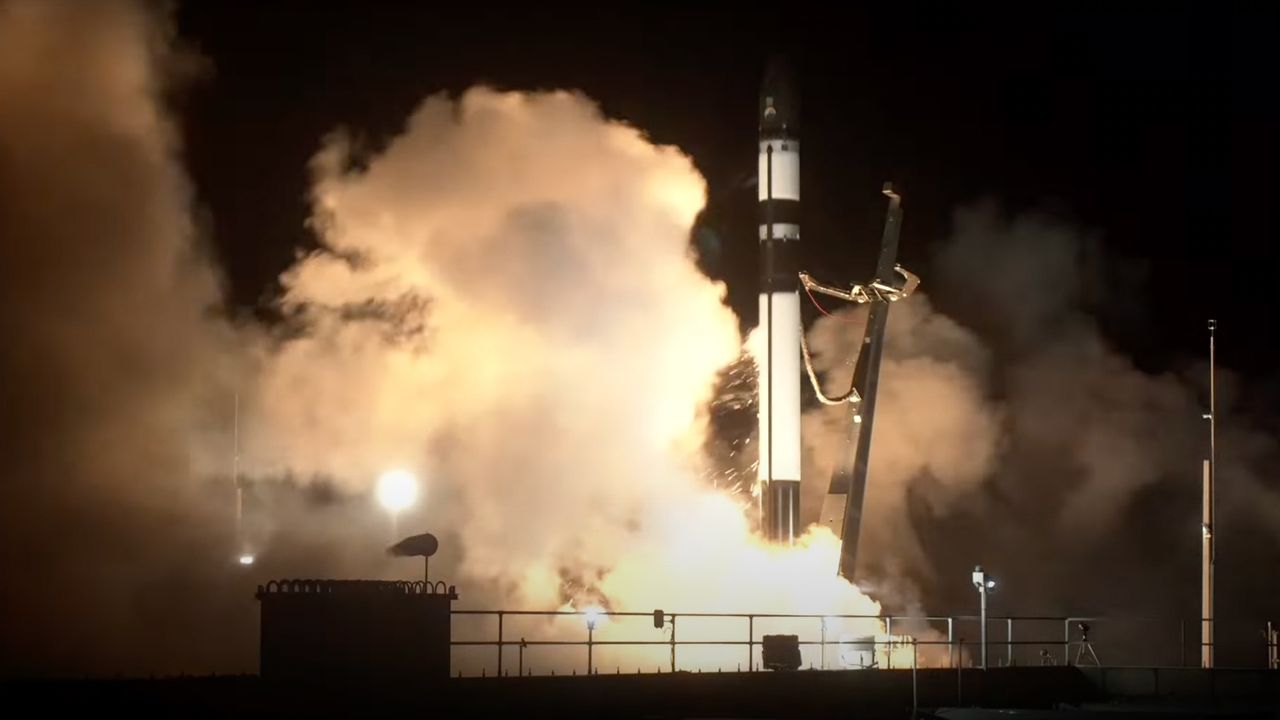Earth’s Spin Accelerates: August 5 Set to Be Shortest Day

The rotational speed of Earth is causing August 5, 2025, to be one of the shortest days on record, according to data from Timeanddate.com. On this day, the solar day will last approximately 86,398.75 seconds, making it just 1.25 milliseconds shorter than the conventional 24-hour day. This phenomenon is part of a broader trend where Earth has begun to spin faster after decades of gradual slowing.
To grasp the significance of this alteration, it is essential to understand the distinction between a solar day and a sidereal day. A sidereal day, which measures one complete 360-degree rotation of Earth relative to the background stars, lasts about 23 hours, 56 minutes, and 4.1 seconds, as reported by EarthSky. This discrepancy explains why celestial bodies appear to rise earlier in the night sky each day. In contrast, the solar day we commonly reference is measured from noon to noon, equaling 24 hours or 86,400 seconds.
Interestingly, the year 2025 will feature three specific dates when Earth’s solar day is expected to be shorter than the standard 24 hours. These dates are July 9 (1.23 milliseconds shorter), July 22 (1.36 milliseconds shorter), and August 5. The current record for the shortest solar day was recorded on July 5, 2024, at 1.66 milliseconds less than 24 hours.
Historically, since official records began in 1973, Earth’s solar day has been gradually lengthening. This increase is primarily attributed to the moon’s gravitational influence. As the moon orbits Earth, it generates friction that causes its path to drift outward, resulting in a transfer of Earth’s rotational energy to the moon. Consequently, this process causes Earth’s rotation to slow down, lengthening the duration of days.
The recent acceleration in Earth’s rotation, however, has proven more puzzling. Although some scientists have speculated that global warming may be a contributing factor, a more plausible explanation points to the slower rotation of Earth’s liquid core. This change could be leading the rest of the planet to spin faster.
On the predicted dates—July 9, July 22, and August 5—variations in the moon’s position relative to Earth’s equator, particularly its declination, can cause tidal forces that subtly influence Earth’s rotation rate. While these short-term fluctuations are understandable, the underlying reasons for the overall increase in rotation speed remain unclear.
Although the changes in Earth’s rotation on August 5 may not be noticeable to the average person, they could have significant implications in the long term. If this trend continues through 2029, a negative leap second might be introduced for the first time, adjusting our timekeeping systems accordingly.
As scientists continue to investigate this remarkable phenomenon, the acceleration of Earth’s spin serves as a reminder of the complexities and dynamic nature of our planet. Understanding these shifts not only enhances our knowledge of Earth’s mechanics but also prompts further inquiry into the forces that shape our daily experience of time.






